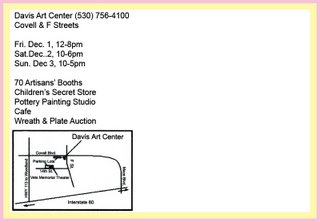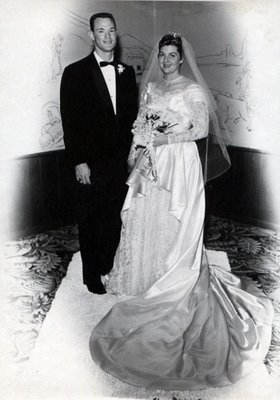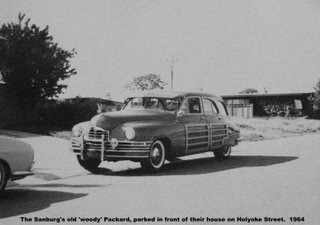
We will be having a Fall Tree Walk through our neighborhood with Fran Clarke our local resident Master Gardener this coming Sunday November 5th at 2pm.
We will meet in front of 5243 Damon Avenue (corner of Damon and Hemlock).
Fran can assist with identification and helpful advice for all your trees and plants. Please join us!
Here is some good pruning advice from Fran:
DON’T TOP TREES!
People provide many reasons for topping trees, including: my tree is getting too tall so I need to make my tree safe, I want to force my young tree to spread, everybody is doing it so it must be the correct thing to do or they might admit they don’t want to rake leaves. The situation is different for fruit trees, but this must be done with knowledge.
HERE ARE THE FACTS:
Removing more than ¼ to 1/3 of a tree’s crown destroys the ability of the tree to manufacture food necessary to be stored in the roots. The tree may appear to be more vigorous when it produces many sprouts, but it is frantically using its reserves to replace that food making ability.

The dense upright brushy growth produced is not firmly attached and is prone to breakage in windy weather.
THE TREE IS NOW UNSAFE AND MORE DIFFICULT AND EXPENSIVE TO BE PRUNED CORRECTLY.
Large stubs (more than 3-4 inches in diameter) seldom close, creating a tree vulnerable to decay, borers (insects) and disease. Removing large amounts of the foliage and destroying the tree’s ability to produce foliage eventually, increasing its susceptibility to sunscald, inviting decay and insect invasion.
THE RESULT:
The tree has lost the beauty of its natural form. It is disfigured by unsightly stubs and decayed and broken branches. The tree’s life may be drastically shortened. IT NO LONGER PROVIDES AS MUCH ENERGY SAVINGS OR ENHANCES THE PROPERTY OR NEIGHBORHOOD.

YOUNG TREES:
It is important to keep a SINGLE DOMINANT leader on a potentially medium or large tree for the first 20-30 feet. If the tree is topped it will produce two or more competing leaders, which will be a source of future breakage if not corrected. This is why trees such as mature ornamental pears and Liquidambars are known for breaking branches. Inspect even newly planted trees this winter for competing leaders, which should be cut back (but not off!). If you need help, I will be glad to give free advice. Remember: young trees need to grow in height before they spread.

REMEMBER:
Most pruning should be done when the trees has lost its leaves. Dead branches, broken branches and suckers can be removed anytime. If pruning cannot be done from a low ladder, leave it to an ISA (International Society of Arboriculture) Certified Arborist.
Fran Clarke, fclarke@surewest.net
UC Master Gardener, ISA Certified Arborist #1319












